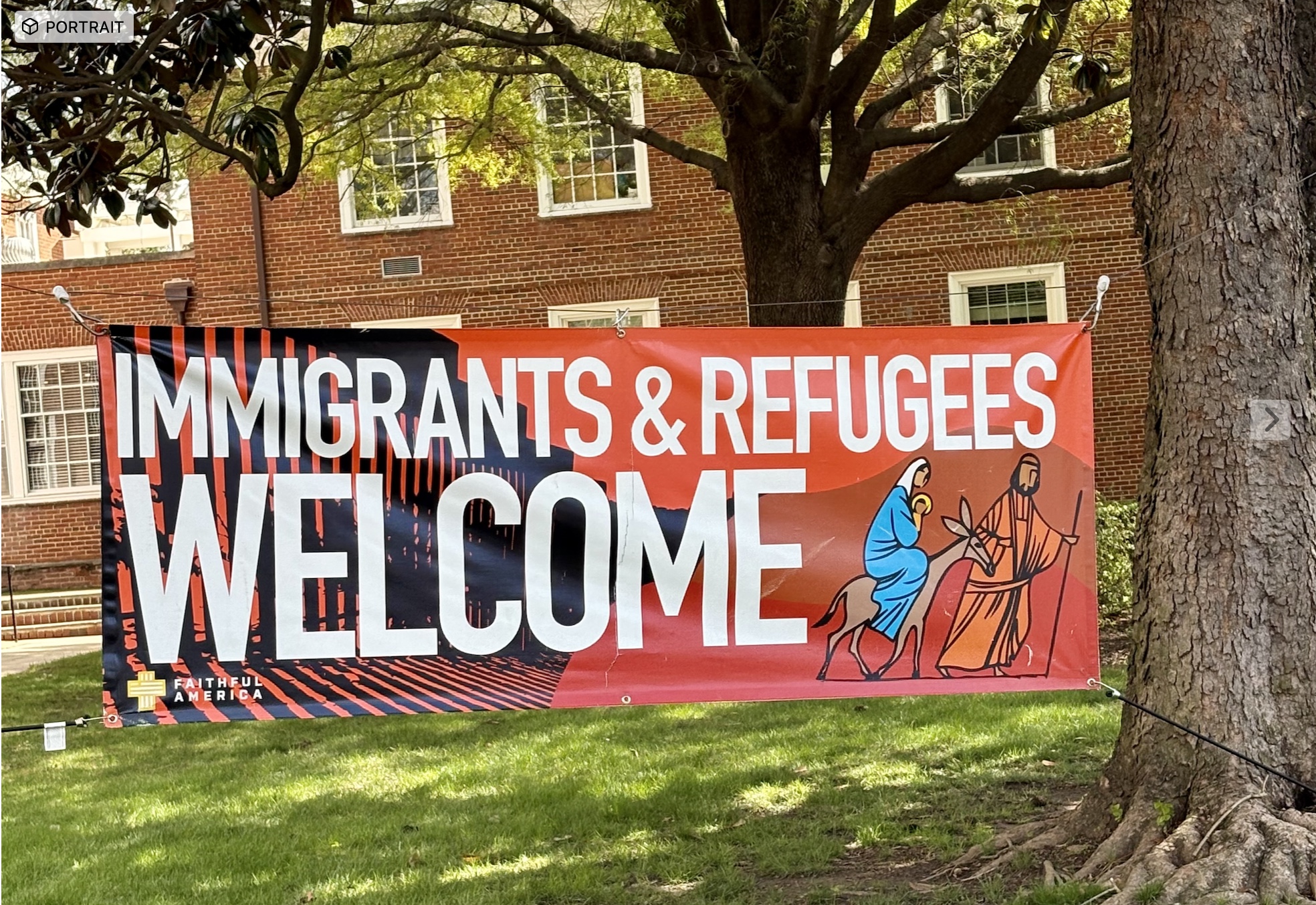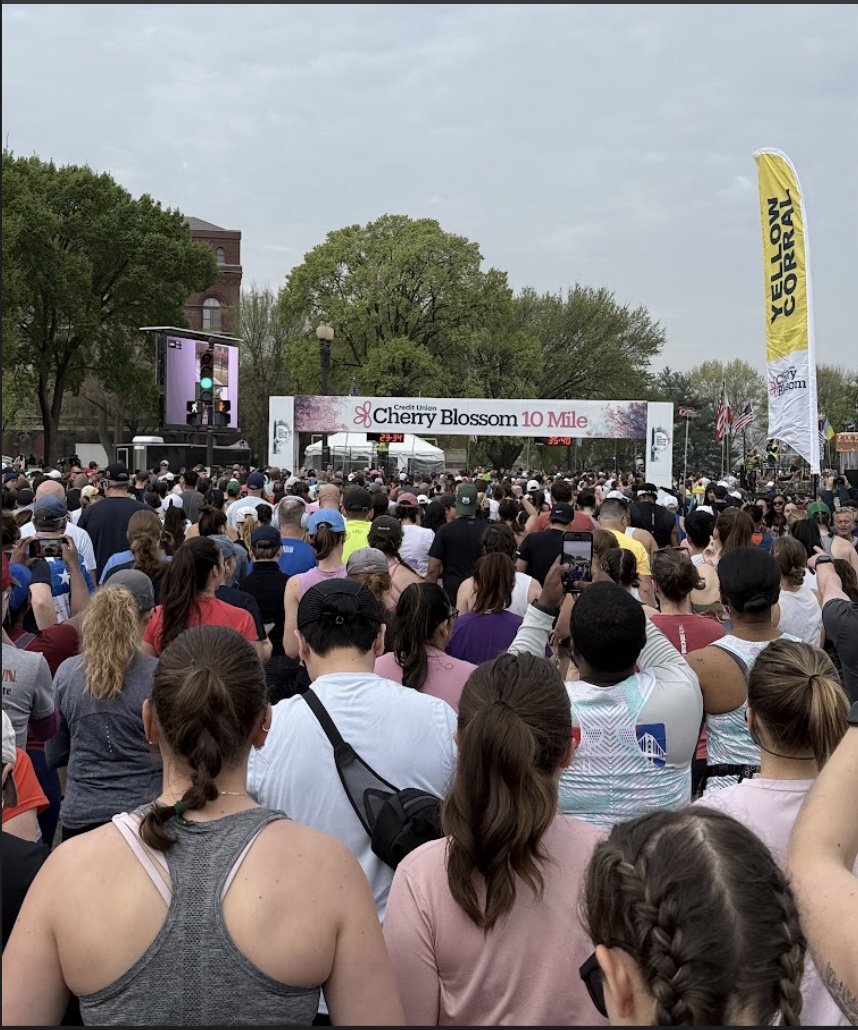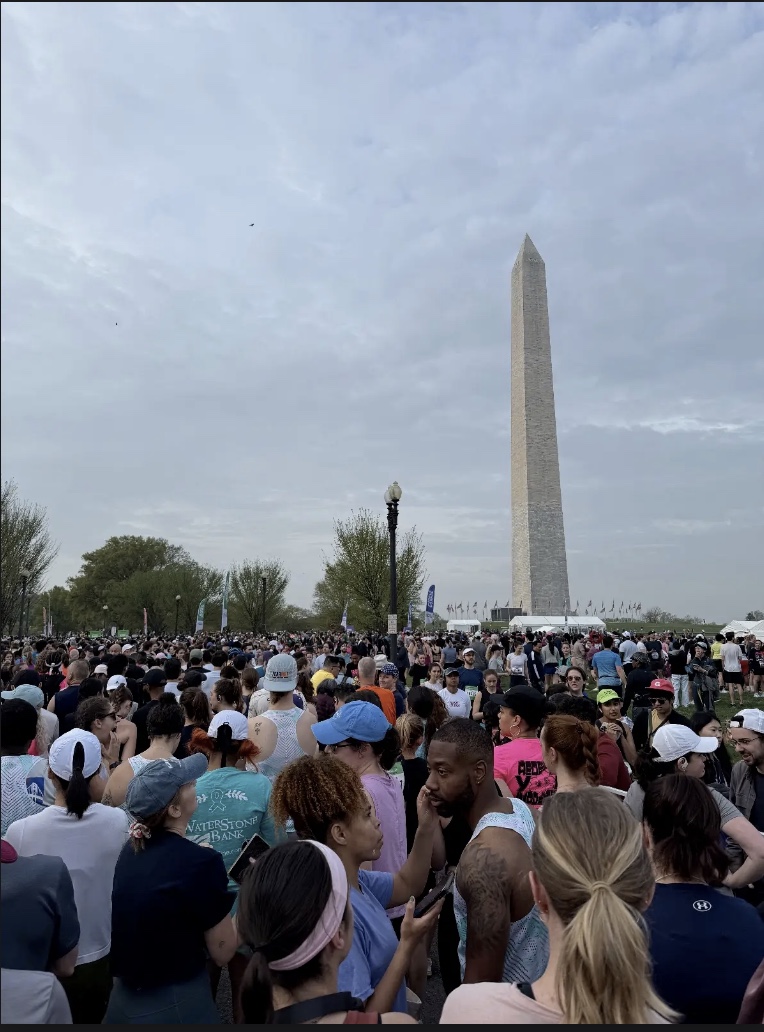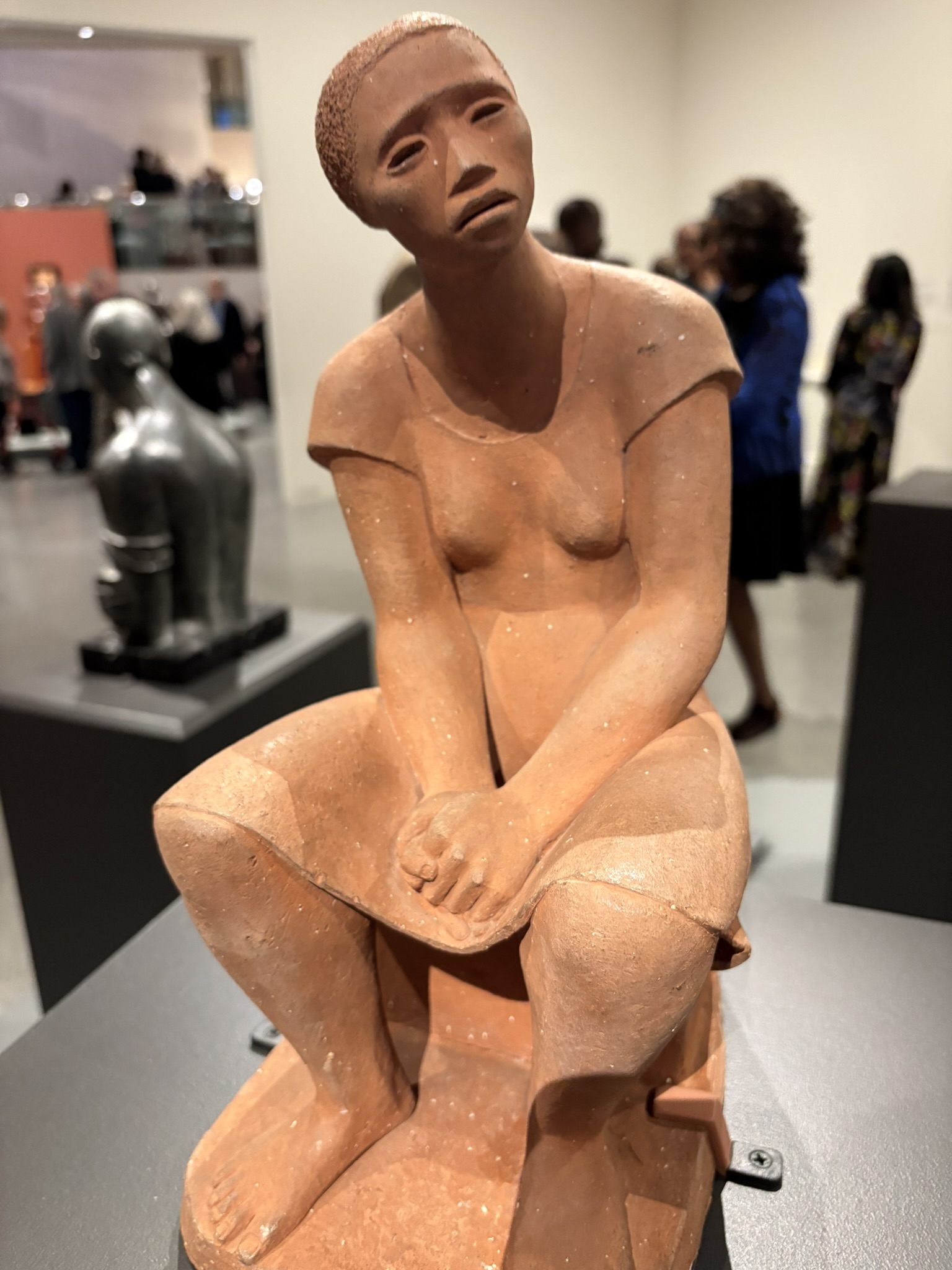Daryl Empen. CEO of Gas and Electric Credit Union, sent me the first Annual Report of his credit union. The three pages describe the results for members after just six months of operations in 1935.
His comment: While we are offering services today that could not have been dreamed of in 1935, in many ways, our mission remains the same – improving the financial well-being of our members. We are still granting loans today for these same reasons and are still focused on improving their lives.
Sometimes, I think we make this job too complicated instead of focusing on that purpose. Reading this brought that back into focus for me.
I share most the typed Report because the context and accomplisments in just six months are remarkable. The Report discusses the state of the industry in 1935, presents multiple member benefit examples and projects an unlimited future-in the middle of the Depression. (I added subheads.)
Annual Report of the Secretary of Peoples Power Employees* CreditUnion as of December 31, 1935 (January 13, 1936)
To the members of the Union:
On the night of May 9, 1935, a meeting was held in this auditorium for the purpose of discussing what has already provided progressive and far-reaching steps ever taken by the employees of this company- the voluntary banding together of a group of men and women with a common interest for cooperative saving, service and profit; in other words, a credit union. . .
From that day on, your directors have worked untiringly to make this Union an outstanding success. Much credit is due to the President, Vice President and Treasurer who have met to transact routine Union affairs and emergency business and consider old and new problems.
CUNA, League Membership and Tax Exempt
Among the more notable accomplishments of the year are the acceptance of the Union into the Credit Union National Association and Illinois State League, the exemption from Capital stock and Federal income taxes, the election of President Weise, a director of the Mississippi Valley Chapter of Credit Unions, Treasurer Dau as executive chairman of the same organization and reduction of borrower’s insurance from 8% to 5% retroactive to October 1st.
Employees Are Benefitting
Already several employees have been released from the clutches of loan sharks, placed on a definite schedule and are fast getting back on their feet.
Others have settled long standing hospital and doctor bills at substantial savings.
Still others are saving for vacations, Xmas savings, insurance, furniture, automobiles and other wants too long to be listed, all of which, can be accomplished at considerable reduction due to elimination of installment buying.
Page 2
. . . today, there are over 3,200 Unions in operation and new ones being formed at the rate of 150 per month. The statutes of 42 states contain Credit Union laws. In Illinois alone, there are 250, Cook County leading with 126. The Tri-City area, with only a recent start already has 14. (Ed Note: there is no reference to federal charters in these totals.)
The basic soundness of the organization is evidenced by the fact that with banks closing in large numbers, not one failure of an industrial Union mas recorded during the depression.
The movement is only now seriously getting under way and is rapidly spreading to every state in America.
The Depression
The Credit Union has definitely arrived. The question is: Has it arrived in time?
During the past 5 years, the American people have been suffering thru a depression unknown in history. We have machinery in abundance capable of providing a plentiful living for every family in America, but because this machinery is being operated under out-moded financial theories, the result is poverty in the midst of plenty.
And the result of this is a series of mass movements on the part of millions of sufferers. It is useless to point out the futility of most of these movements such as, “share the wealth” and “soak the rich” or that they are economically unsound.
These people want positive constructive action which will result as soon as possible in definite benefits. And that, it seems to us, is the responsibility of the Credit Union.
You members now have some idea of the relation of money and credit, and our problem is to effect the distribution, not of our present small and dwindling supply of wealth, but of the plenty which we now have the capacity to produce by means of credit.
The credit Unionist can lend his influence to discourage unsound and destructive political legislation which can only result in making conditions worse.
Frankly, your directors have been somewhat puzzled at the continued refusal of some employees to join. Our work is not seasonal and with very few exceptions, there are none of us that are unable to save at least a small sum each month.
Let us look at some of the benefits that accrue to the Union member.
The most difficult step is the first, to resolve that I will have some of my salary laid away for me each month before I can spend it. Deduction is made from your paycheck, this procedure making it even easier than bank deposits.
Once formed, this habit becomes a powerful force as all habits do and before long, the small sums that formerly trickled away, mount up and, before long, the member has a balance that will really be of some benefit to him.
Safe and Sound Operations
Next, the safety of your capital. Your treasurer is bonded. An employee applies for a loan. He must furnish two cosigners, satisfactory to the committee, or collateral, At least one of the directors is personally acquainted with the applicant, we know his reputation, financial status, responsibility and habits. In fact, we know him and his circumstances far better than any bank or loan company can ever know their customers.
In addition, he makes a wage assignment, and his life is insured. The loan is repaid by pay roll deductions, a definite amount each month. And finally, the application is carefully scrutinized and must satisfy the Credit Committee that the purpose of the loan is what we term provident. That is, the loan will be used for some purpose that will benefit the borrower.
Page 3
Already several employees have been released from the clutches of loan sharks, placed on a definite schedule and are fast getting back on their feet.
Others have settled long standing hospital and doctor bills at substantial savings
Still others are saving for vacations, Xmas savings, insurance, furniture, automobiles and other wants too long to be listed, all of which, can be accomplished at considerable reduction due to elimination of installment buying.
An Unlimited Future
The future of Credit Union functions are unlimited. Some are writing automobile insurance, organized collective buying agencies, and deal in certain types of mortgages. Legislation is now pending in Washington for the establishment of Credit Union banks scattered over the various states to act as clearing houses and care for the details and business of adjacent Unions.
Your directors feel that the Union has accomplished a real service in this company. The employee whose mind is free of financial worry is a better workman, and that which benefits the employee, benefits the company.
In a like manner, the things that benefit the company, benefit the employee. For the first time an employee can turn to his director assured of friendly considerate help in his financial problems, instead of appealing to an outside loan company who can and do, charge him as high as 42% per year.
And let me assure you that no director will ever betray a confidence. You can discuss your needs to him with the full assurance that it will never be violated.
A loan case study in the 1935 Annual Report
Consider two options. An employee decides to buy a certain article for $200.00. He can buy it on the installment plan, paying $5.00 per week 40 weeks, or he can buy it through the Credit Union.
He can buy the same article for cash and get approximately 20% off the installment price for $160.00. He borrows $160.00 at 1% per month on balances for 40 weeks or ten months. The cost of the loan is $8.80, so this desirable article has cost him $168.80.
Buying at the rate of $4.00 per week, he pays $200.00, plus 6% for a year, so that the installment price is $212.00. The Credit Union member pays $168.80 and the non-union member pays for the same commodity from the same company $212.00. The difference is $43.20 or a total of over 20%.
The Savings Advantage
Or, place $200.in a bank. At the end of a year, they will pay you $5.03. Placed in the Union, the same amount at our present earning capacity would produce $10.00




